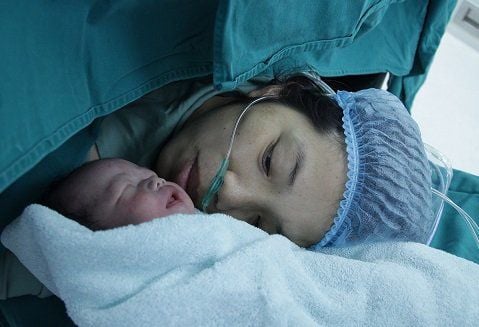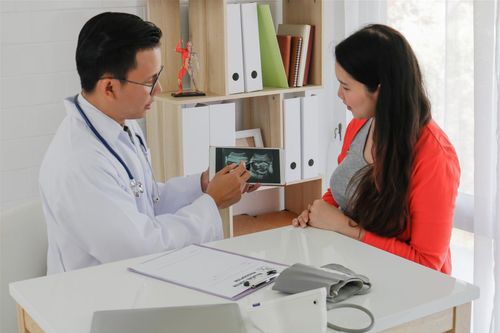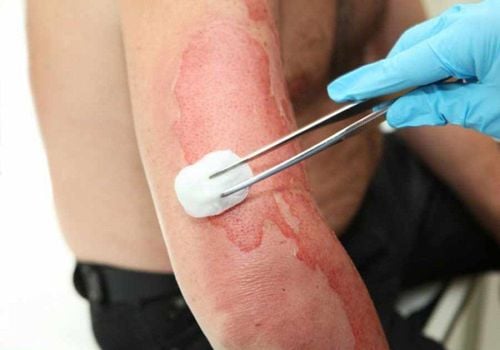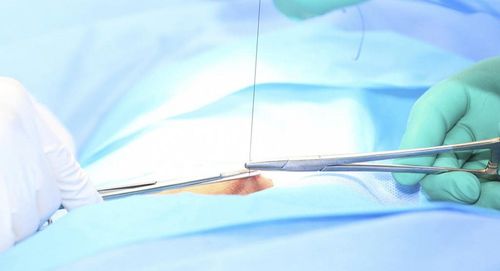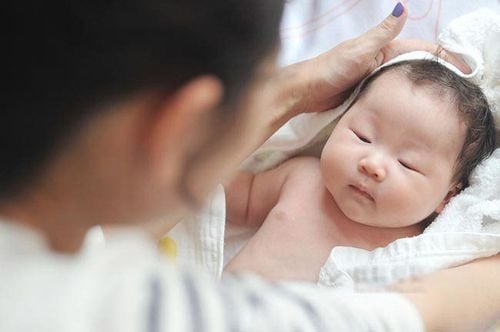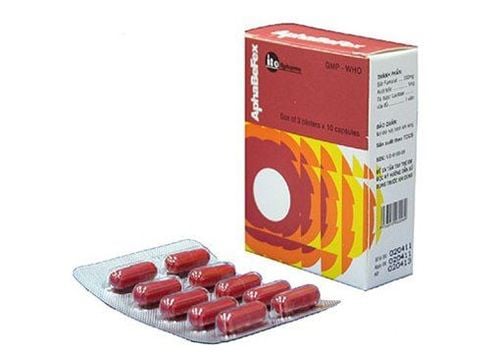This is an automatically translated article.
The article is professionally consulted by Master, Doctor Trinh Thi Thanh Huyen - Department of Obstetrics and Gynecology - Vinmec Hai Phong International General Hospital.
The model of essential care for mothers and babies during and immediately after birth, which is being applied in many large hospitals, has completely changed the traditional method of delivery and newborn care. It is expected that by 2020 all hospitals across the country will apply these essential newborn care steps in this new way.
1. The role of essential neonatal maternal care
This is an advanced method to help children avoid the risk of heat loss thanks to skin-to-skin contact with the mother, limiting the risk of children not being breastfed leading to malnutrition, infection, and taking timely advice and support steps. Time to help mothers take care of their babies more easily and recover soon after giving birth.Recommended video:
"Skin-to-skin" right after birth and great benefits for the baby
2. Essential newborn maternal care procedures
2.1. Preparing for delivery Maternal families are encouraged to be present at the hospital to provide support when needed. For pregnant women:Encouraged to move if desired and stop in a comfortable position Snack and drink water for strength. Urinating completely Medical staff will measure pulse, uterine contractions, fetal heart rate every 30 minutes; measure and record body temperature every 2 hours; Measure uterine dilation every 4 hours.
To prepare for the birth, the temperature of the delivery room should be at 25-28 degrees Celsius, ensure there is no draft and keep the space private and private for the mother.
After that, medical staff will wash their hands according to the correct procedure, prepare necessary tools; Place a dry cloth on the mother's abdomen or in an easy-to-reach location, instructing the woman to push when she wants to push along with the contractions.
2.2. Neonatal essential care: the first 90 minutes after birth Perform the delivery procedure for the mother:
When the cervix is fully dilated and the baby's head is low, the midwife needs to repeat the intervention steps and give instructions on the delivery. by pushing labor. Notice the time of birth and gender of the child. According to the recommendations of the World Health Organization (WHO), the Minister of Health has issued a Decision on essential newborn care steps during and immediately after birth including:
Step 1: Dry the baby's whole body for 5 days. the first second after birth, be sure to check the baby's breath while drying. Place the baby in a dry towel on the mother's belly or arm, with skin-to-skin contact for at least 90 minutes after birth.
Note: Do not routinely aspirate sputum. Within the first 30 seconds after birth, do not aspirate, unless the baby's mouth/nose is blocked. Meconium should not be sucked unless the child is unwell.
Step 2: Inject 10 units of oxytocin intramuscularly after confirming that there is no second child and notifying the mother. Oxytocin helps the uterus contract well, avoiding postpartum hemorrhage.
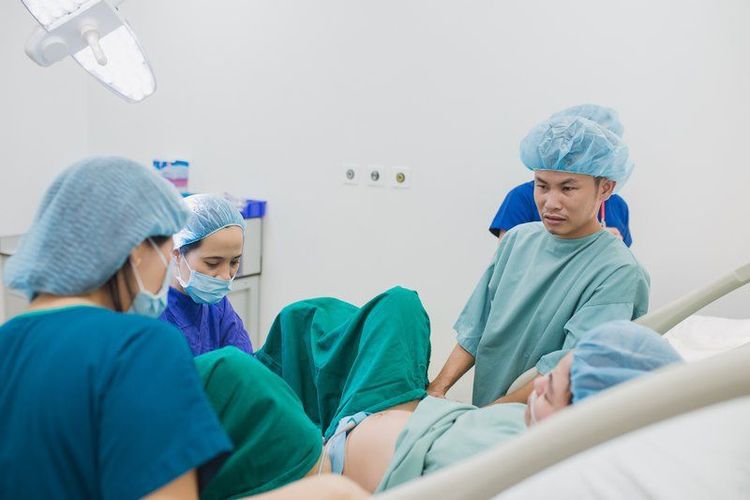
Hướng dẫn thai phụ cách rặn đẻ
Step 4: Perform controlled pulling of the umbilical cord.
Step 5: Rub the fundus of the uterus every 15 minutes within the first 2 hours after birth.
Step 6: Encourage early breastfeeding and exclusive breastfeeding for the first 6 months and no other foods should be given to the baby. The benefits of exclusive breastfeeding can include:
Prevention of death from acute respiratory infections and diarrhea in the first 3 months. Helps to stimulate the secretion of oxytocin to help the uterus contract earlier to prevent postpartum haemorrhage. 2.3. Neonatal essential care: the first 90 minutes to the first 6 hours After the baby stops sucking, examine the baby's condition (combined with monitoring every 15 minutes), put the mother and child's name bracelet on the ankle, weigh the baby and record into the medical record. Check the child for signs of difficulty breathing such as whining, fast or slow breathing, and chest indrawing. Check the child's temperature, whether there is any discharge from the eyes, umbilical bleeding, and whether the abdomen is distended. Examine the whole body of the baby, evaluate for possible birth injuries such as: head bumps, bruises, swelling in the buttocks, abnormal position of the legs, the degree of movement of the limbs (with or without movement. ..). Apply ointment or eye drops to your child to prevent eye infections. Take precautions: vitamin K injections to prevent bleeding, hepatitis B vaccine to prevent transmission to children, and tuberculosis vaccines to prevent tuberculosis. Delay bathing the baby after 24 hours.
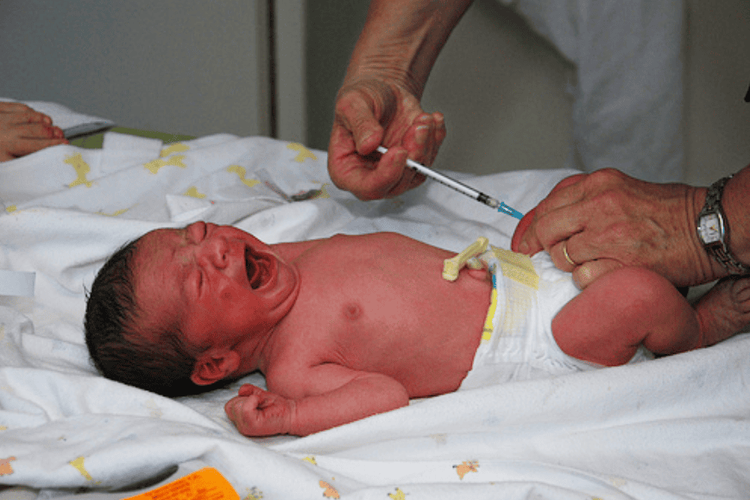
Tiêm vitamin K cho trẻ ngay sau khi chào đời
Leave the umbilical cord free, cover it with the baby's clothes. Wrap the diaper under the baby's umbilical cord, do not put anything on the umbilical foot. Use a clean cloth to gently wipe if the umbilicus is dirty. If you observe that the navel is red or oozing pus, you should notify the medical staff and take the child to the doctor. Note not to bandage the umbilical cord or abdomen, avoid touching the baby's umbilical foot if it is not necessary. 2.4. Essential care for mothers and babies before discharge Medical staff will advise pregnant women to rest for at least 24 hours before being discharged from the hospital (even if there are no complications). Children can sleep in the same room, in the same bed as their mother (room temperature is warm enough from 25-28 degrees Celsius and avoid drafts). Do not separate the child from the mother unless it is necessary. Assist in breastfeeding day and night and assess the infant's feeding status. The mother needs to notify the nurse if the baby tends to suck poorly. Note: Do not discharge the baby from the hospital if the baby is not feeding well. Do not give your baby sugar water, formula or other drinks, as well as bottle or pacifier.
Clean the child daily with a damp cloth, wiping the face, neck and arms. Wash the baby's bottom and dry it carefully. If you bathe your baby, you should only bathe after 24 hours and take the temperature before bathing. Conduct a re-examination of the child before discharge: Medical staff will observe the baby's danger signs (if any): poor feeding, convulsions, rapid breathing (>60 beats/min), elevated body temperature above 37.5 degrees, hypothermia below 36.5 degrees. The mother's family is encouraged to seek medical attention if any abnormal signs are detected in the baby, and at the same time, newborn screening tests should be performed to understand the baby's health situation. Follow up after discharge from the hospital according to the following schedule:
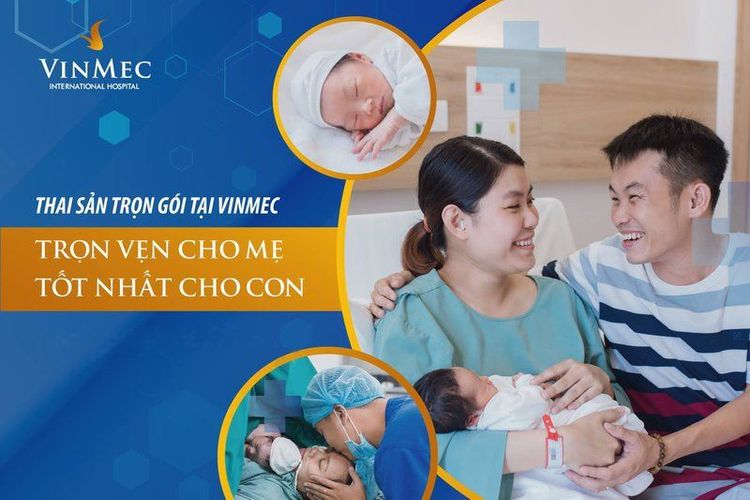
Dịch vụ thai sản trọn gói tại Vinmec được nhiều mẹ bầu lựa chọn
The pregnancy process is monitored by a team of qualified doctors Regular check-up, early detection of abnormalities Maternity package helps to facilitate the process. Childbirth program Newborns receive comprehensive care Master. Trinh Thi Thanh Huyen is highly trained in obstetric ultrasound, laparoscopic surgery and hysteroscopy at the National Hospital of Obstetrics and Gynecology and has more than 13 years of experience working at Hai Phong Obstetrics and Gynecology Hospital.
Currently, the doctor is an Obstetrician and Gynecologist at Vinmec Hai Phong International General Hospital
Please dial HOTLINE for more information or register for an appointment HERE. Download MyVinmec app to make appointments faster and to manage your bookings easily.
Recommended video:
Instructions for cleaning the umbilical cord for babies




